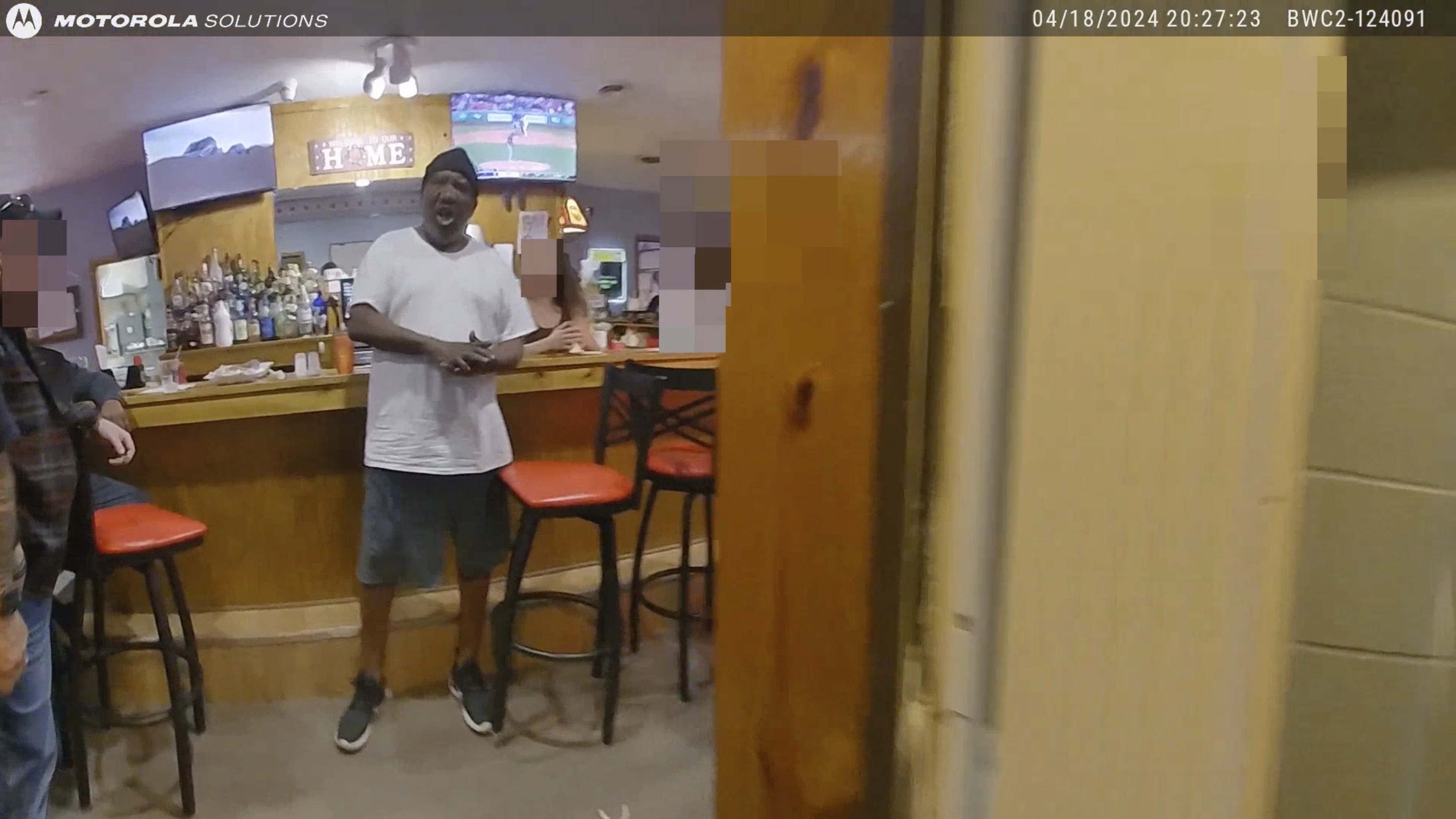The bullet-riddled bodies of the Martinez children were found on a bloody floor, huddled next to the corpses of their parents in a rented shack.
The family of six was massacred, authorities believe, because the Zetas cartel suspected the father, an unemployed taxi driver, had played some part in a rival gang's attack that killed a Zeta gunman.
The response underlines the no-holds-barred tactics of drug gangs that are splintering and battling one another for control in much of Mexico, which recently recorded its highest monthly murder total in at least 20 years.
Despite President Enrique Pena Nieto's promises of a safer nation when he came to office five years ago, the violence is outpacing even the darkest days of the drug war launched by his predecessor.
"It has taken on the proportions of a ring of hell that would be described in Dante's 'Inferno,'" said Mike Vigil, former chief of international operations for the U.S. Drug Enforcement Administration and author of the book "Deal."
"Their strategy was strictly going after the kingpin. ... That was pretty much not the way to go because, you know, you cut off a head and others take its place," Vigil added. "You have weak institutions, weak rule of law, weak judiciary, massive corruption, particularly within the state and municipal police forces, and all of that contributes to the escalating violence."
In the first five months of 2017, there were 9,916 killings nationwide — an increase of about 30 percent over the 7,638 slain during the same period last year. In 2011, the bloodiest year of the drug war, the figure for the same January-May period was 9,466.
U.S. & World
In some places the bloodshed has accompanied the rise of the upstart Jalisco New Generation cartel and the breakup of the once-dominant Sinaloa cartel into warring factions following the arrest of drug lord Joaquin "El Chapo" Guzman, who was extradited to the United States in January.
At least 19 people died in turf battles pitting Guzman's son, brother and former allies against each other late last month in the western state of Sinaloa, according to investigators.
In the northern border state of Chihuahua, shootouts last week between Sinaloa gunmen and the gang known as La Linea killed at least 14.
In the Gulf Coast oil city of Coatzacoalcos, Veracruz Gov. Miguel Angel Yunes said the slaying of a top gunman in late June prompted the Zetas to kill the entire Martinez family: Clemente; his wife Martimana; 10-year-old Jocelin; Victor Daniel, 8; Angel, 6; and Nahomi, 5.
All died in the house where they washed cars for $1 each.
"They didn't have anything, not even furniture. They slept on the floor," grandmother Flora Martinez said, sobbing. "I don't understand why they did this, why they did this to my little ones. They were innocent, they didn't know anything."
For years it was understood that the Zetas were untouchable in this part of the state. Just ask Sonia Cruz, whose son was killed in Coatzacoalcos in July 2016 in a case that remains unsolved.
"They (police) told me that when 'la mana' (drug cartels) are involved, that's where they stop investigating," Cruz said.
But last year's election of Yunes, the first opposition candidate to win the governorship from the long-ruling Institutional Revolutionary Party, may have broken old alliances between criminals and corrupt officials.
The new governor has shown some willingness to go after the Zetas: The local cartel leader who allegedly ordered the Martinez killings, known as "Comandante H," was arrested a few days afterward.
Yunes said the man had "operated with absolute freedom in Coatzacoalcos since 2006" and accused businesspeople in the city of acting as fronts for ill-gotten properties that actually belonged to the gangster.
Raul Ojeda Banda, a local anti-crime activist, said that some were forced to go along with the scheme: "Some were pressured, threatened."
Violence in the area has also been exacerbated by Jalisco cartel incursions and other pressures that have threatened key sources of income for the Zetas.
Part of "Comandante H's" business model involved large-scale kidnapping for quick ransom, with targets ranging from locals to oil workers to Central American migrants whom gang members tortured to extort payments from relatives in the United States.
But the Zetas abducted so many locals that those who were able moved out of the city, and those who remained began blocking off their neighborhoods at night to keep kidnappers out.
An oil industry slump amid low crude prices resulted in fewer energy workers around to prey upon. And suddenly there were fewer migrants as well. Donald Trump's election discouraged some from trying to reach the U.S. and others avoided southern Veracruz for fear of being attacked.
"The vast majority of them are robbed. It is a lucky one who isn't," said priest Joel Ireta Munguia, the head of a Coatzacoalcos migrant shelter run by the Roman Catholic Church. He estimated the number of Central Americans passing though the city has declined by almost two-thirds.
The wave of violence has also touched regions that were long seen as peaceful.
The Jalisco cartel is believed to have allied with a faction of the Sinaloa gang in a war for the Baja California Sur state cities of Los Cabos and the nearby port of La Paz.
Dismembered bodies, severed heads and clandestine graves have now become almost routine in the once-placid resorts.
Dwight Zahringer, a Michigan native who lives in an upscale neighborhood in Los Cabos, said one victim was found at the entrance to his neighborhood recently.
"That was more of a message that the narco-traffickers wanted to deliver, sort of to say, 'We can come right up into your Beverly Hills and dump dismembered bodies on your doorstep,'" Zahringer said. "I'm from Detroit. We're used to seeing crime. But heads being left in coolers — that's a little extreme."



